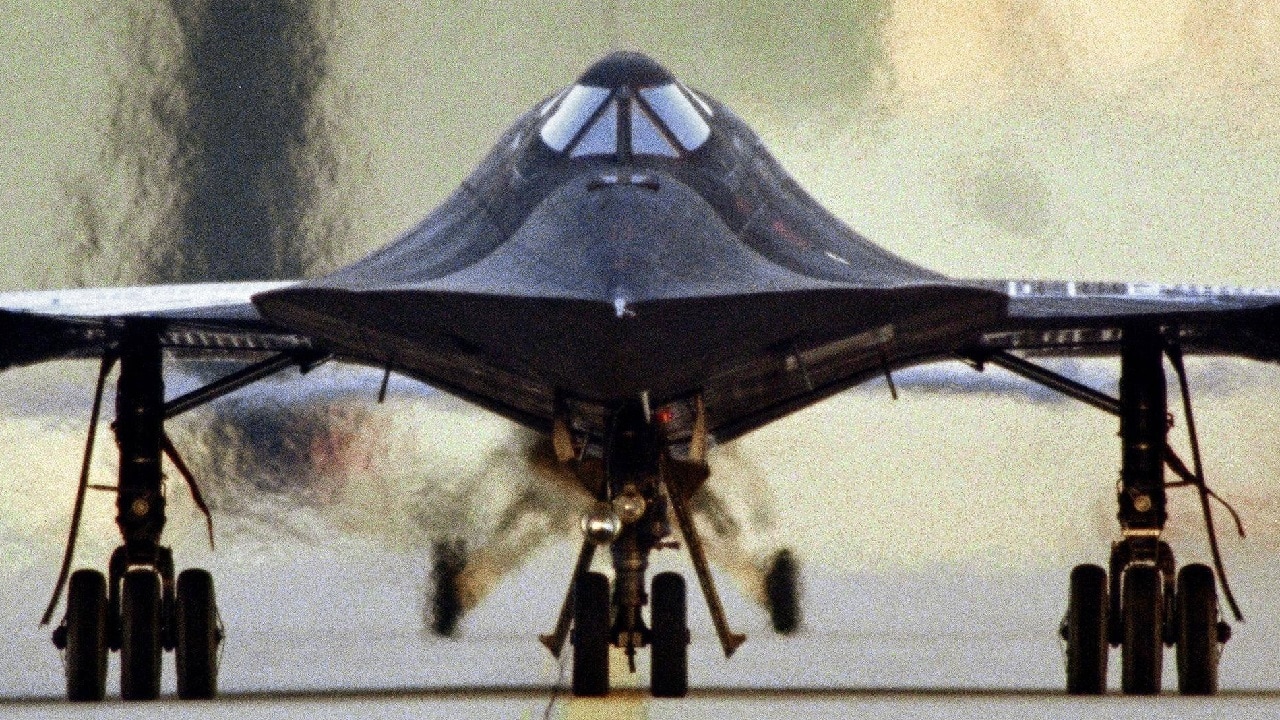The Lockheed SR-71 “Blackbird” has become a pop culture icon thanks to appearances in movies such as Transformer: Revenge of the Fallen and I Am Legend, while the superhero team X-Men regularly flies around in a fictionalized version known as the X-Jet but often referred to as the Blackbird.
What makes all that notable is that despite the great size and intense noise created, the A-12 family of aircraft – where the SR-71 came from – was actually designed, built, test flown and even put into use with little fanfare or attention.
In fact, word of the advanced aircraft never leaked out, until then-President Lyndon Johnson disclosed the existence of the program in February 1964.
Noteworthy Lockheed SR-71 Blackbird Facts:
What was to eventually become the Blackbird began at Lockheed as the A-12 “Oxcart,” and it was originally designed as a follow-on to the infamous U-2 spy plane. It was developed to fly even higher and much faster – allowing it to penetrate hostile airspace in clandestine flights. As it was so far ahead of its time, many new technologies had to be invented specifically for the Oxcart project, and that included working with titanium.
The A-12 was produced from 1962 to 1964 and flew from 1963 to 1968. It served as the precursor to the twin-seat U.S. Air Force YF-12 prototype interceptor, the M-21 launcher for the D-21 drone, and mostly notably the SR-71 Blackbird.
Developed as part of the Improved Manned Interceptor program, the YF-12A was designed to carry the Hughes ASG-18 pulse-Doppler radar, infrared sensors and eight Hughes AIM-47A large long-range air-to-air missiles in an internal bay. The YF-12A was arguably the world’s most advanced aircraft of its day and the only one to sustain a speed of Mach 3. Two were used for extensive supersonic transport research without armament, and operated by NASA. Three of the YF-12s were built, and one was lost in a July 24, 1971 crash near Edwards Air Force Base (AFB), California; the other two are now on display at the National Museum of the United States Air Force at Wright-Patterson AFB, Dayton, Ohio; and at Hill Aerospace Museum, Hill AFB, Utah.
The SR-71 strategic reconnaissance aircraft took the concept in another direction. It was longer and heavier, and had greater fuel capacity of over 80,000 pounds. A total of thirty-two Blackbirds were produced, and thanks to its speed and other capabilities, not a single SR-71 was ever shot down. However, tragically twelve of those aircraft were lost in accidents while one pilot was killed during the SR-71’s service career. The remaining aircraft are now on display in various museums around the United States.
The shape of the SR-71 was tailored to reduce its radar cross-section, while the structure incorporated large wedges of radar-attenuating material. Despite the “Blackbird” moniker, the aircraft are officially painted indigo blue!
Power for the high-speed aircraft came from two Pratt & Whitney J58 bleed-bypass turbojets, which were fitted in huge moveable inlet spikes. In normal operation, the SR-71 was restricted to Mach 3.2, but the aircraft could go far faster. Its predecessor, the single-seat A-12 “Cygnus,” reached a speed of Mach 3.56.
Operating from three bases worldwide, the SR-71 could easily reach all of the normal Cold War trouble spots, and with planning could be expected to visit anywhere else around the globe. The SR-71 conducted its first operational mission on March 21, 1968, over Vietnam. During its operational lifetime, the SR-71 provided intelligence about the Yom Kippur War in 1973, the Israeli invasion of Lebanon in 1982, the American air forces’ raid on Libya in 1986, and the revelation of Iranian Silkworm missile batteries in 1987.
On July 28, 1976, an SR-71 set two world records for its class: an absolute speed record of 2,193.167 miles per hour and an absolute altitude record of 85,060.997 feet.
Unlike combat aircraft of the era, which could be “scrambled” and in the air within minutes, the SR-71 was more like a space launch of the era. Getting the Blackbird into the sky took hours of preparation and a large team to ensure everything was in order.
However, it was worth the prep time, as the aircraft could survey 100,000 square miles in a single hour while flying overhead.
SR-71 Photo Essay
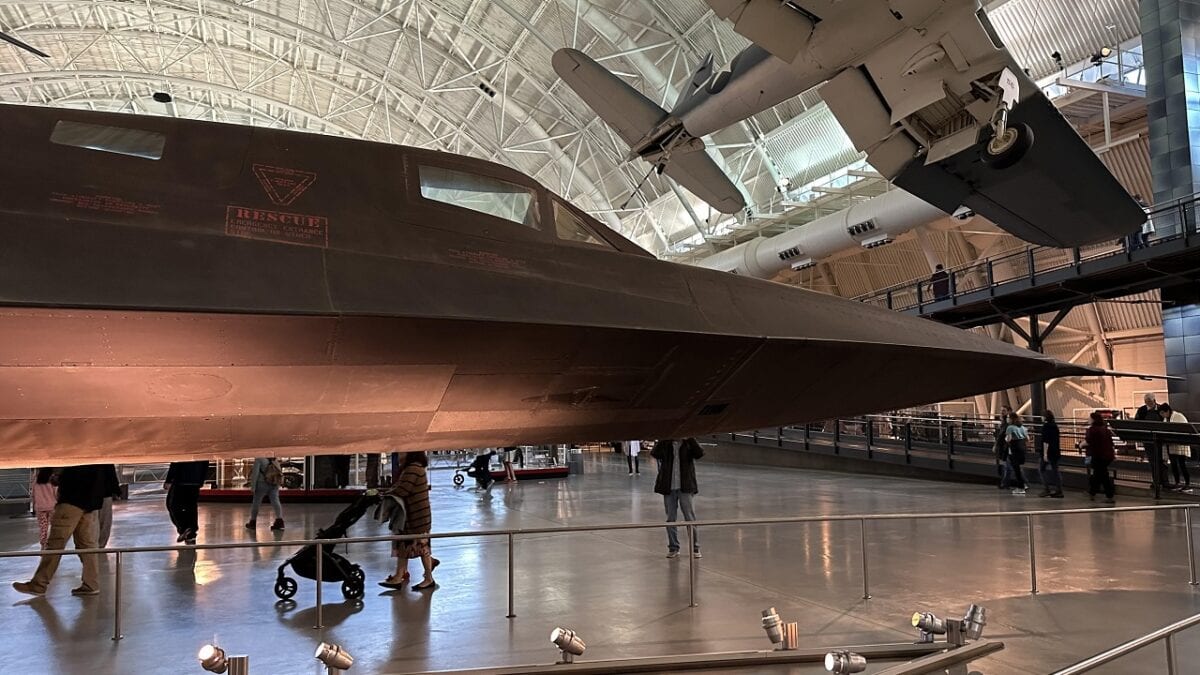
SR-71. SR-71 photo taken at the National Air and Space Museum. Taken by 19FortyFive on 10/1/2022.
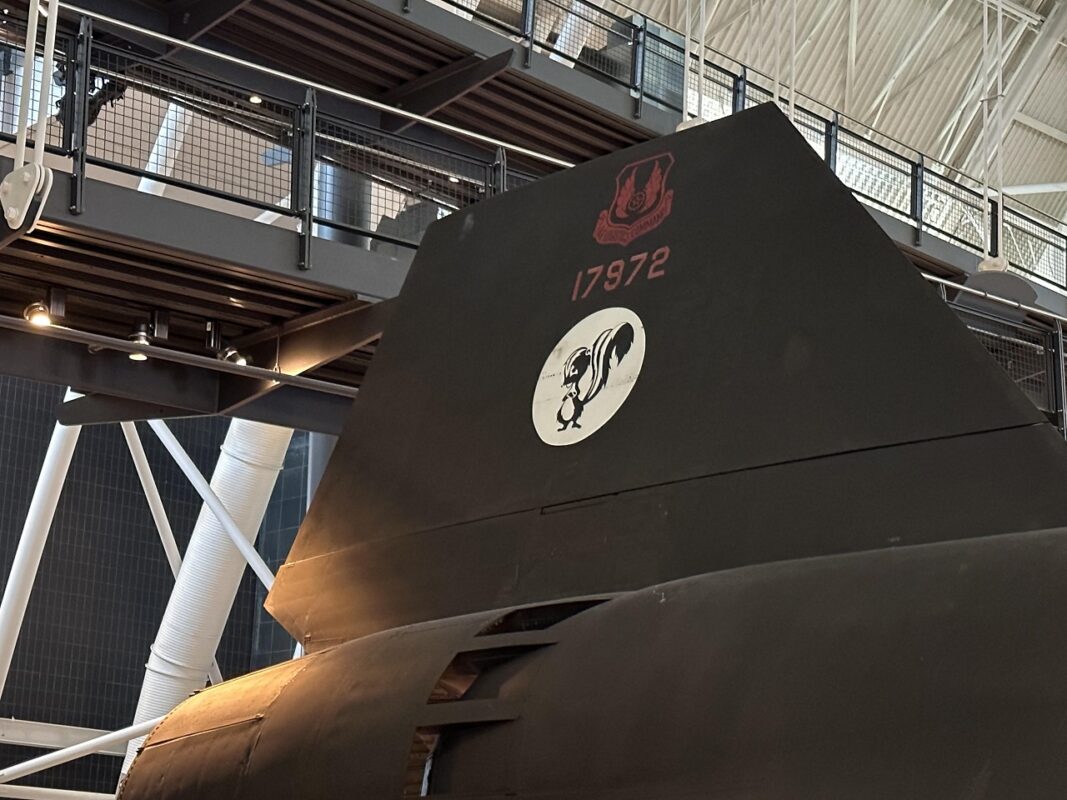
SR-71
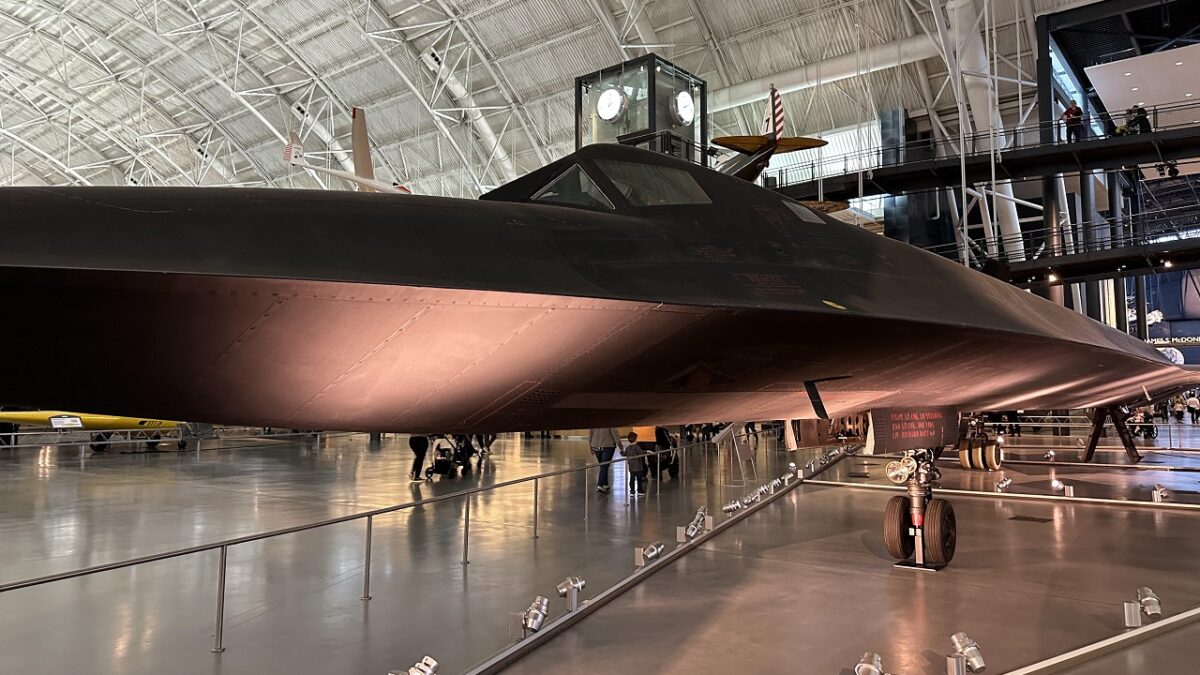
SR-71 photo taken at the National Air and Space Museum. Taken by 19FortyFive on 10/1/2022.

SR-71 Blackbird 19FortyFive Original Image. Taken 10/1/2022.
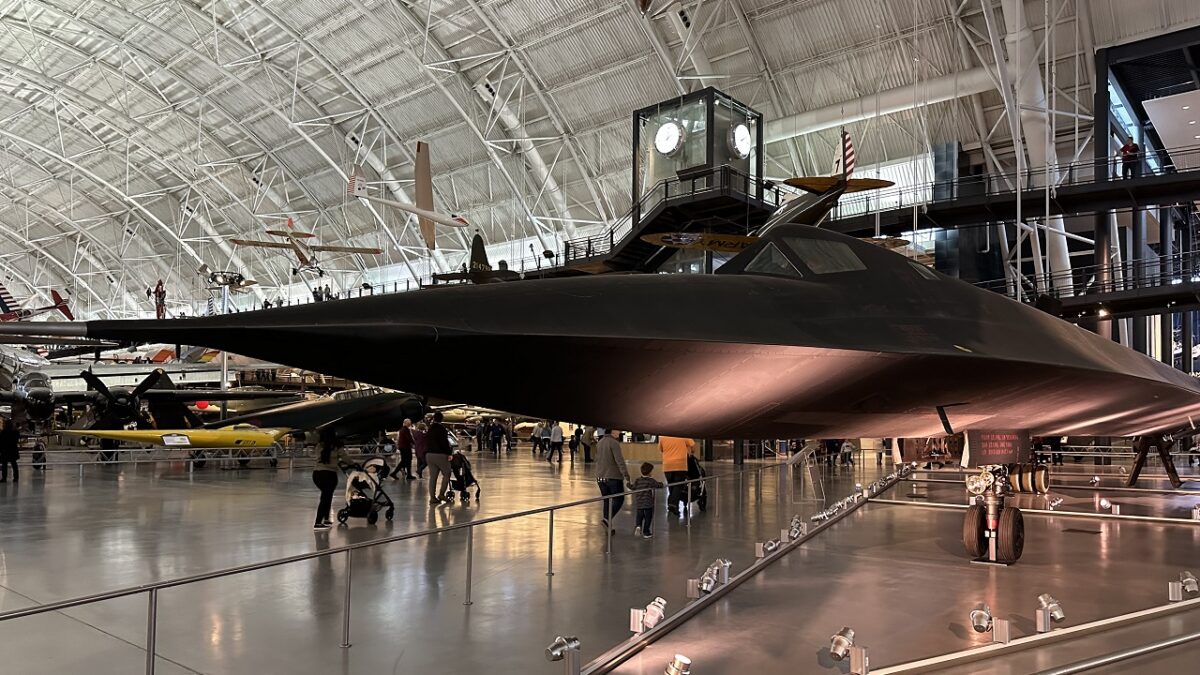
SR-71 Blackbird, Udvar-Hazy Center | National Air and Space Museum. October 1, 2022. 19FortyFive Original Image.
Now a Senior Editor for 1945, Peter Suciu is a Michigan-based writer who has contributed to more than four dozen magazines, newspapers and websites. He regularly writes about military hardware, and is the author of several books on military headgear including A Gallery of Military Headdress, which is available on Amazon.com. Peter is also a Contributing Writer for Forbes.

